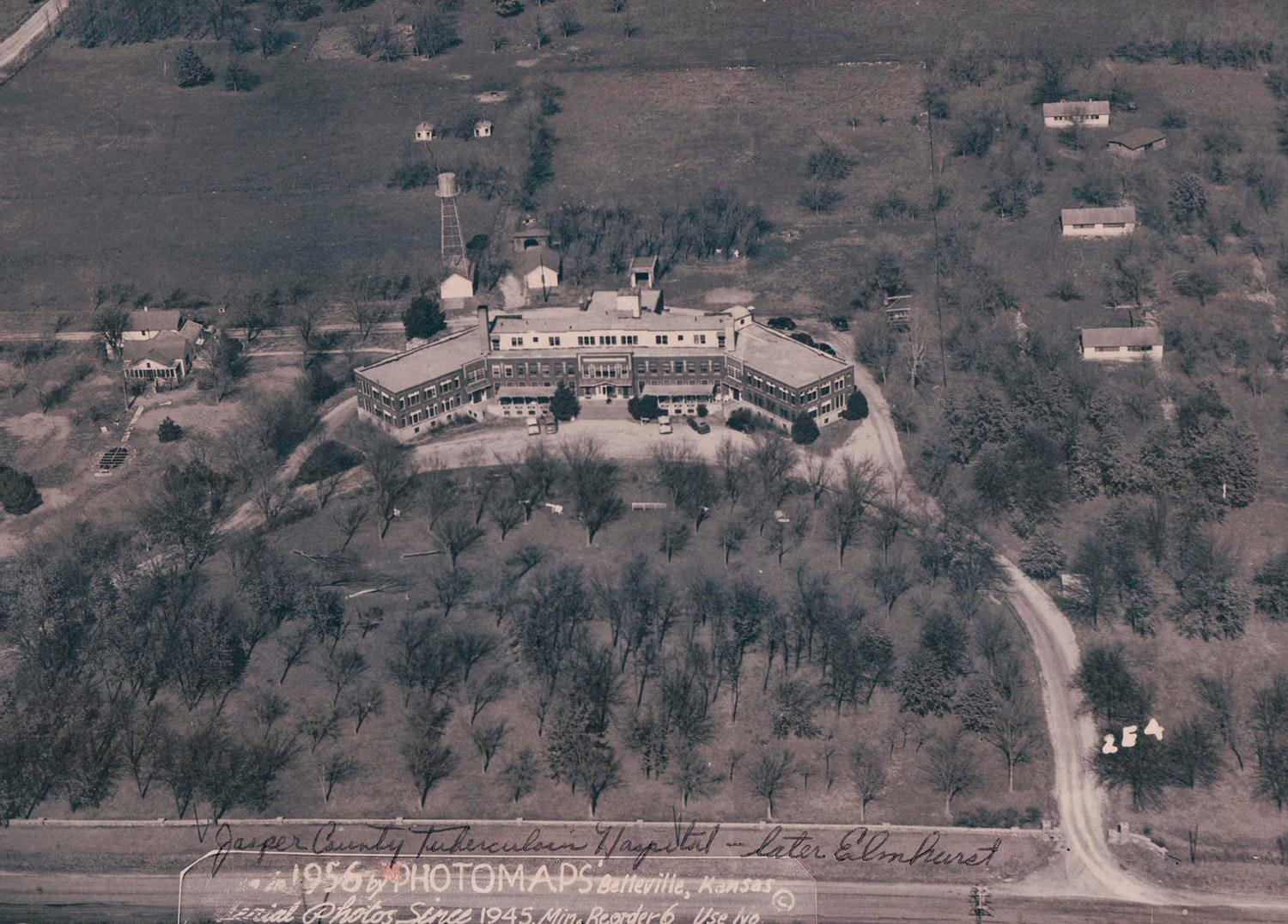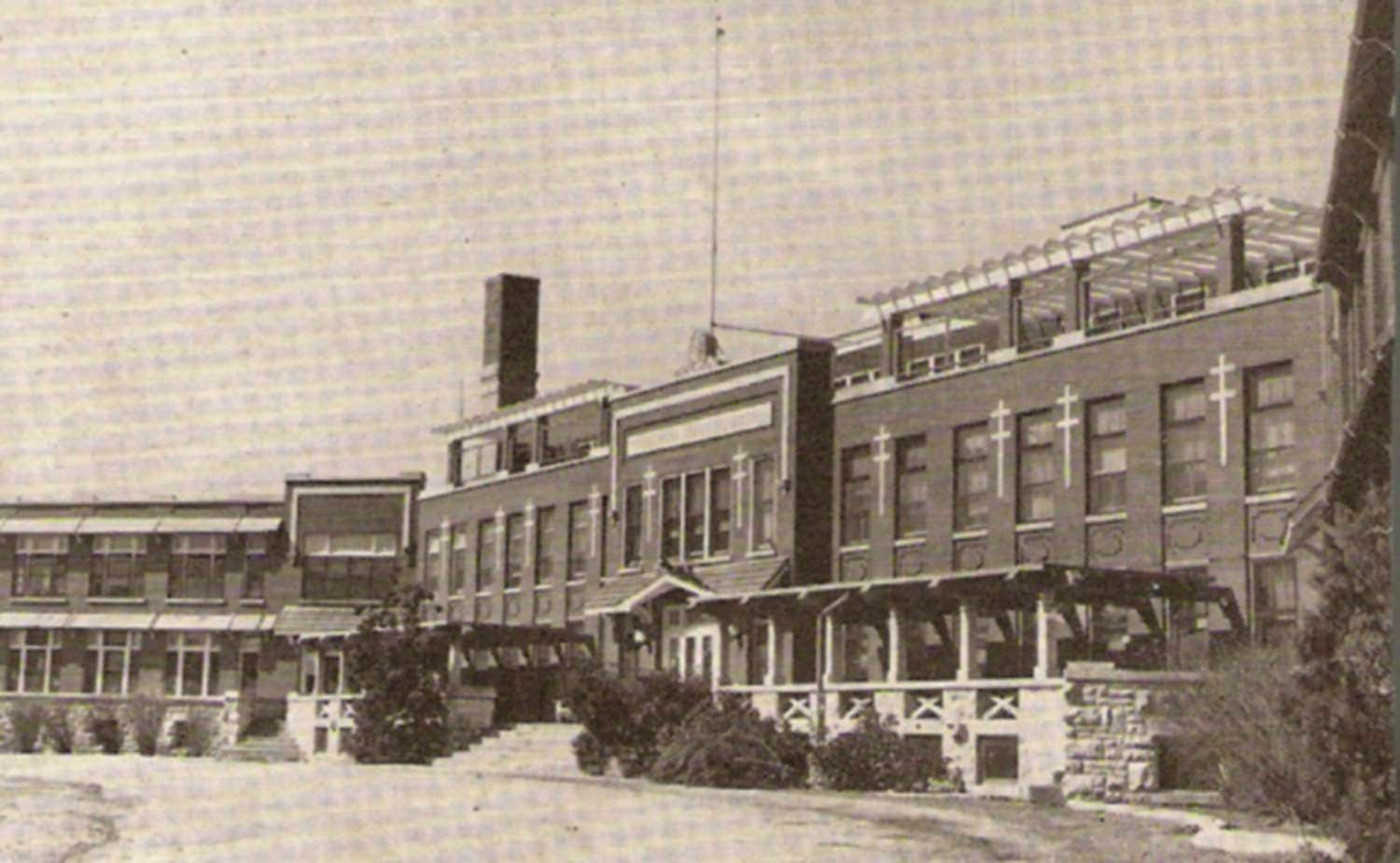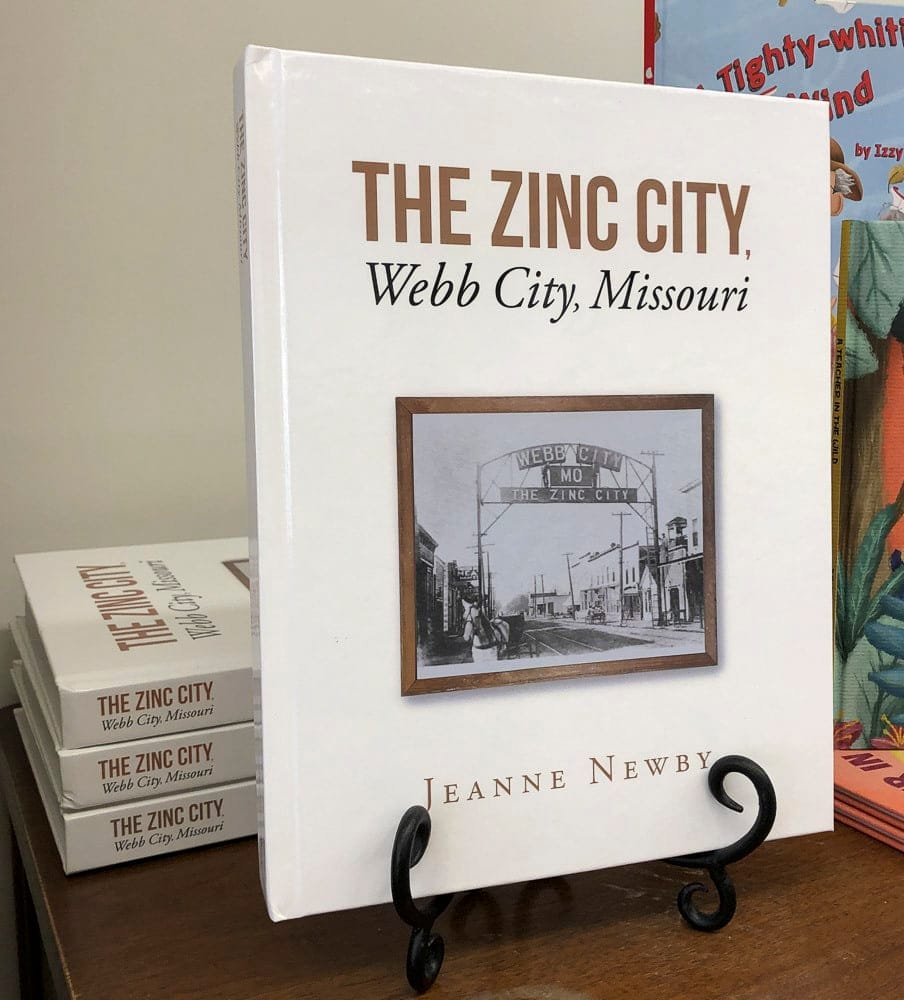
I often tell the story of Andrew McCorkle, who brought his wife, Annie to southwest Missouri in the 1800s. Annie had tuberculosis and Andrew had heard that Missouri had a warm, sunny climate, which he knew would be good for Annie.
As Annie’s health continued to worsen, Andrew hired a couple to take Annie to Colorado in a covered wagon in hoped the fresh mountain air might improve her health. It didn’t help and when Annie returned to Webb City, she passed away on Oct. 28, 1879.
Andrew’s son, Charles, who was general manager of McCorkle mines, developed the dreadful disease. McCorkle had remarried and his second wife, Deborah, nursed Charles through his disease. Charles died Oct. 26, 1884.
Deborah gave birth two months later to a son, Willie, who died two months later from tuberculosis.
So in an effort to save his first wife, Annie, Andrew moved to Jasper County only to lose his first wife and two sons to the dreaded disease.

It wasn’t until 1916 that the Jasper County Tuberculosis Hospital was built. Many miners were perishing from the disease that was so easy to develop in the underground mines. It was not only the major cause of death of miners, but their family members as well. This disease was not particular, it claimed the rich as well as the poor.
When the hospital was first built in 1937, the location was described as being three miles northwest of Webb City. It was later described as a half mile northwest of Webb City as the city limits continued to edge in that direction. It wasn’t too long before the hospital was in the city limits of Webb city.
In 1916, with a small tax levy paid by the citizens of Jasper County, the $100,000 tuberculosis hospital was constructed. The citizens of Jasper County strongly supported this new facility by supplying linens, supplies, newspapers, magazines, etc. Citizens even donated their time to beautify the landscape, and a beautiful landscape it was.
The 125-bed hospital was constructed of brick and stone in a semi-circle. There were sleeping porches for those who wanted to stay outside and enjoy the sunlight. Hospital staff members were in a constant battle to combat tuberculosis, but they took time to educate the citizens about preventative measures, including sanitation.
As the mining industry ended in our area, so did the need for a tuberculosis hospital. The hospital was converted into the Elmhurst Nursing Home, and it continued to be a nursing home until it was torn down after the construction of the new nursing home just north of the original building. The beautiful park-like setting is still there, minus a few trees that were claimed by a tornado. Today, the parking lot for Webb City Health and Rehabilitation is the location of the original hospital. The location is now described as the northwest part of Webb City.

Jeanne’s new book, “The Zinc City, Webb City, Missouri” is now available at Webb City Chamber office and other local retailers, such as Maggie Jane’s Gifts, at 8 S. Main St.


The Webb City Sentinel isn’t a newspaper – but it used to be, serving Webb City, Missouri, in print from 1879-2020. This “newspaper” seeks to carry on that tradition as a nonprofit corporation.
© All Rights Reserved 2024
DIY website design by Bob Foos